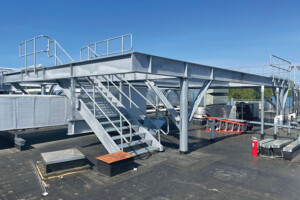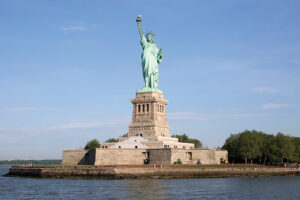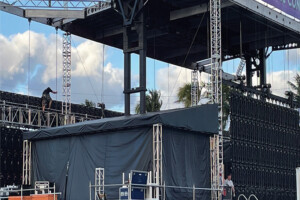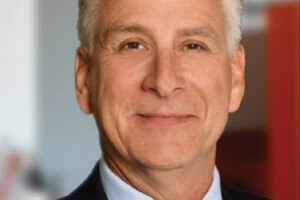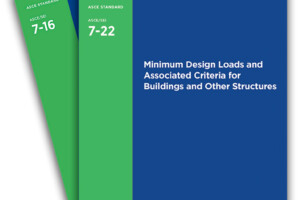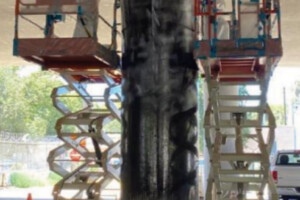Structural design considerations for rooftop equipment platforms.
Supporting rooftop mechanical or electrical units is a simple problem with a complicated solution. While some units are small and light enough to bear on the roof with minimal additional support, many require supplemental structural roof framing. Depending on the building structural system below, the units may be supported on a pad or curbs, sleepers or loose dunnage, or raised platforms. Typically, the term dunnage has been used interchangeably with raised platforms. Still, it is more accurate to say that dunnage consists of loose structural members that distribute the unit’s load over the existing roof without penetrating the roof membrane. These members are not connected to existing roof structural framing.
…
